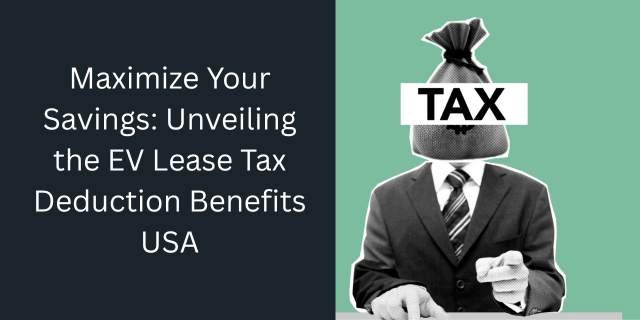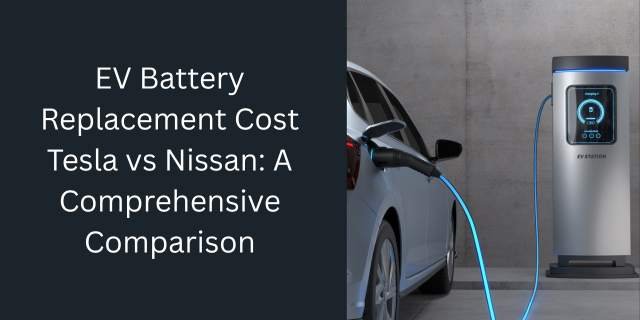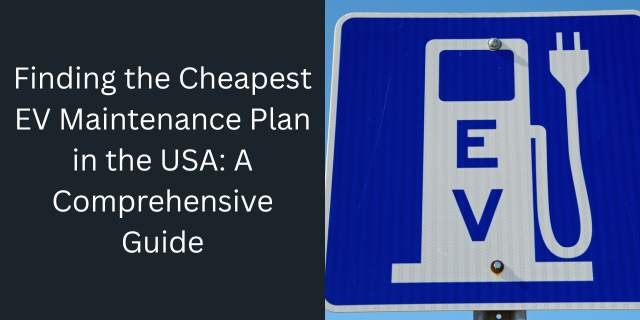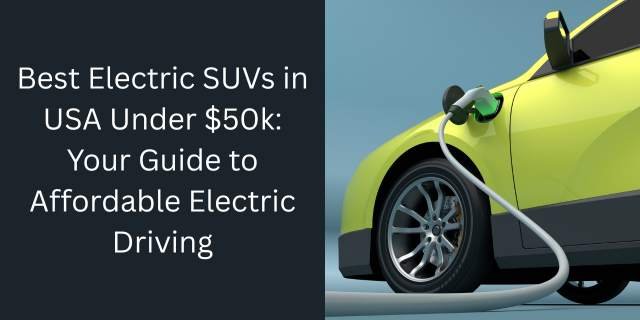The rising popularity of electric vehicles (EVs) in the USA is driving a significant increase in demand for home EV charger installation. Understanding the EV home charger installation cost USA is crucial for prospective EV owners. This comprehensive guide will break down the various factors influencing the total cost, explore ways to reduce expenses, and help you make informed decisions about charging your electric vehicle at home. According to the Edison Electric Institute, the number of electric vehicle charging stations in the United States is rapidly increasing, reflecting the growing adoption of EVs. This guide will equip you with the knowledge needed to navigate the process smoothly and cost-effectively.
Deciphering the EV Home Charger Installation Cost in the USA
The EV home charger installation cost USA is highly variable, ranging from a few hundred dollars to several thousand. Several factors significantly influence this cost. The most prominent is the type of charger you choose. Level 1 chargers, using standard household outlets, are the cheapest to install, often requiring no additional work beyond purchasing the charger itself. Level 2 chargers, offering faster charging speeds, require professional installation and incur higher costs due to electrical work, potentially including panel upgrades or new circuits. The distance from your electrical panel is another key factor; longer distances necessitate more wiring and increase labor costs. Your location also plays a role, with labor rates varying across states and even within cities. Finally, permitting fees and inspection costs add to the overall expense. For example, a basic Level 2 charger installation in a home with a conveniently located panel might cost $500-$1000, while a more complex installation requiring panel upgrades could easily reach $3000-$5000 or more.
Choosing the Right EV Charger and Installer for Your Needs
Selecting the appropriate EV charger and a reputable installer is paramount in controlling the EV home charger installation cost USA. Begin by researching different charger models, comparing their charging speeds, features (like smart capabilities and connectivity), and warranties. Consider your daily driving habits and the charging needs of your EV to determine the appropriate charging speed and capacity. Next, obtain multiple quotes from licensed and insured electricians specializing in EV charger installations. Verify their experience and licensing through your state’s contractor licensing board. Don’t hesitate to ask for references and check online reviews. Compare quotes carefully, paying attention to the details of the work included, such as the type of wiring, the location of the charger, and any necessary panel upgrades. Transparency is key – a reputable installer will clearly outline all costs involved, avoiding hidden fees. Remember that investing in a high-quality installation upfront can save you money in the long run by preventing potential issues and ensuring optimal performance.
Reducing the Overall EV Home Charger Installation Cost
Several strategies can help lower the EV home charger installation cost USA. Taking advantage of available rebates and tax credits is a significant way to reduce your out-of-pocket expenses. Many states and utility companies offer financial incentives for installing EV chargers at home. Research federal, state, and local programs to see what’s available in your area. Optimizing the installation location can also save money. Choosing a location close to your electrical panel minimizes the amount of wiring needed, reducing labor costs. If possible, installing the charger in an existing outlet location can also significantly reduce costs. Consider DIY installation for Level 1 chargers, although this requires a basic understanding of electrical work. However, for Level 2 chargers, professional installation is strongly recommended for safety and warranty reasons. Clearly defining your needs and communicating them effectively with installers will ensure you’re not paying for unnecessary upgrades or features. This careful planning can save you hundreds or even thousands of dollars.
Understanding the Long-Term Savings of Home EV Charging
While the initial EV home charger installation cost USA may seem significant, the long-term savings often outweigh the upfront investment. Home charging is considerably cheaper than using public charging stations, which can have varying pricing structures and often involve peak-time surcharges. Charging at home allows you to take advantage of off-peak electricity rates, further reducing your charging costs. This translates to substantial savings over the lifespan of your EV. Moreover, the convenience of charging at home eliminates the need to hunt for public charging stations, saving you time and eliminating range anxiety. The increased value of your home due to the added convenience of EV charging is also a factor to consider. By carefully considering the total cost of ownership, including the initial installation cost and the long-term savings on electricity, you’ll see that investing in a home EV charger is a sound financial decision that contributes to a more sustainable and convenient driving experience.
Conclusion
The EV home charger installation cost USA is a significant factor for prospective EV owners, but understanding the influencing factors and available cost-saving strategies can make the process more manageable. By carefully selecting the right charger, working with a reputable installer, exploring available incentives, and considering the long-term savings, you can make an informed decision that aligns with your budget and driving needs. Remember to research thoroughly, compare quotes, and prioritize safety throughout the installation process. The convenience and cost savings of home EV charging will ultimately justify the initial investment, leading to a more sustainable and economical driving experience. Don’t delay – start planning your home EV charging solution today!



